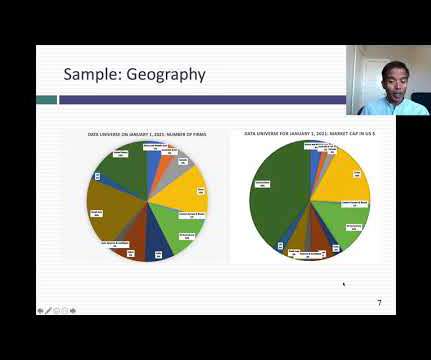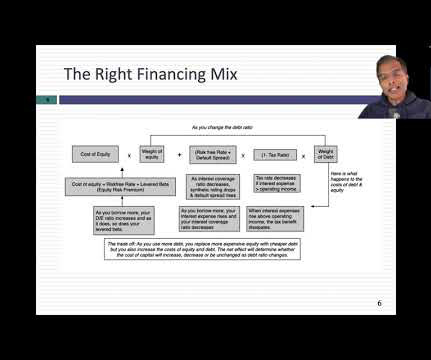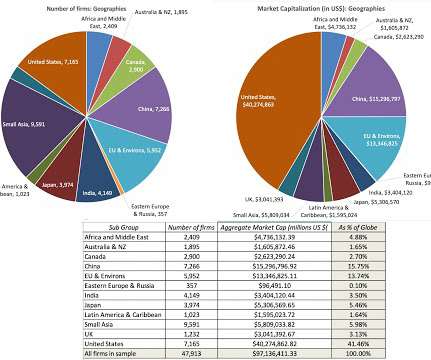Data Update 1 for 2021: A (Data) Look Back at a Most Forgettable Year (2020)!
Musings on Markets
JANUARY 9, 2021
Challenge rules of thumb and conventional wisdom : Investing has always had rules of thumb on how and when to invest, ranging from using historical PE or CAPE ratios to decide if markets are over valued, to simplistic rules (eg. buy stocks that trade at less than book value or trade at PEG ratios less than one) for individual stocks.












Let's personalize your content